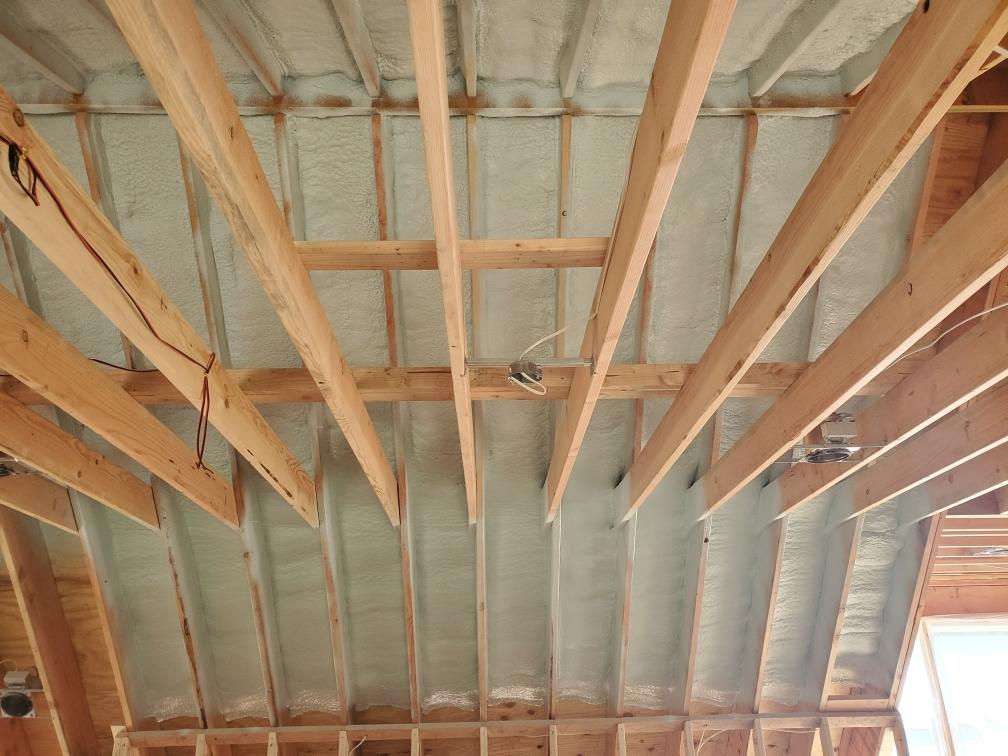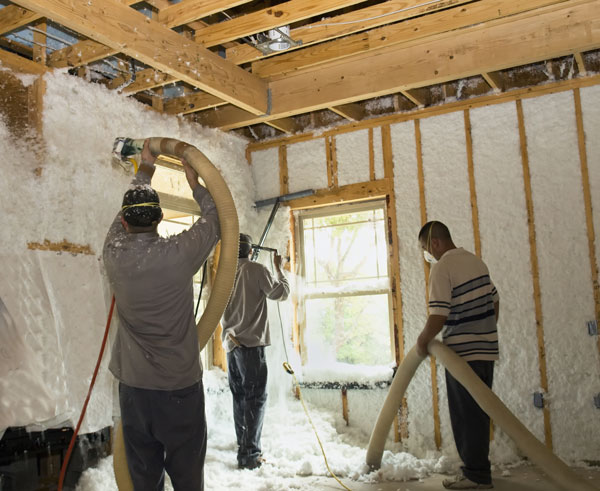Introduction:
In the realm of home and building insulation, two primary contenders vie for dominance: spray foam insulation and traditional insulation materials. Both serve the vital purpose of regulating indoor temperatures, enhancing energy efficiency, and ensuring comfort. However, understanding the differences between these options is crucial for making informed decisions about which one best suits your needs. In this article, we’ll delve into the benefits, durability, and price comparison of spray foam insulation versus traditional insulation.
What is Spray Foam Insulation and Traditional Insulation:
Spray foam insulation, such as that provided by the leading New York Spray Foam Insulation Company, is a modern insulation solution that consists of two liquid components, which, when combined, expand to create a durable, seamless, and air-tight insulation barrier. Traditional insulation materials encompass a range of options, including fiberglass, cellulose, and foam board, typically installed in batts, rolls, or loose-fill forms by a trusted Blown-In Insulation Company.
Benefits of Spray Foam Insulation:
- Superior Insulating Properties: Spray foam insulation excels in creating an air-tight seal, effectively preventing air leakage and heat transfer better than traditional insulation materials.
- Energy Efficiency: The superior insulating properties of spray foam translate into significant energy savings over time, reducing heating and cooling costs.
- Air and Moisture Barrier: Unlike traditional insulation, spray foam acts as both insulation and an air and moisture barrier, minimizing the risk of mold and moisture-related issues.
- Durability: Spray foam insulation boasts exceptional durability and resistance to pests, mold, and moisture damage, ensuring long-term performance and peace of mind.
Benefits of Traditional Insulation:
- Lower Initial Cost: Traditional insulation materials often have a lower upfront cost compared to spray foam insulation, making them a more budget-friendly option for some homeowners.
- DIY-Friendly: Certain traditional insulation options, such as fiberglass batts, are easier for DIY installation, providing cost-saving opportunities for those willing to tackle insulation projects themselves.
- Fire Resistance: Some traditional insulation materials, like fiberglass, offer inherent fire-resistant properties, enhancing safety in the event of a fire.
Price Comparison:
When comparing the upfront costs of spray foam insulation versus traditional insulation options, it’s essential to consider various factors, including material costs, labor costs, and installation requirements. While traditional insulation may offer initial savings, spray foam insulation’s long-term benefits in energy efficiency and durability often outweigh the initial investment.
Conclusion:
In the debate between spray foam insulation and traditional insulation, there’s no one-size-fits-all answer. Each option presents unique advantages and considerations, from superior insulating properties and durability to upfront costs and DIY feasibility. Ultimately, the best choice depends on your specific needs, budget, and priorities. By weighing the benefits and drawbacks outlined in this article, you can make an informed decision that enhances the comfort, efficiency, and sustainability of your home or building.


